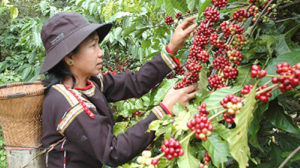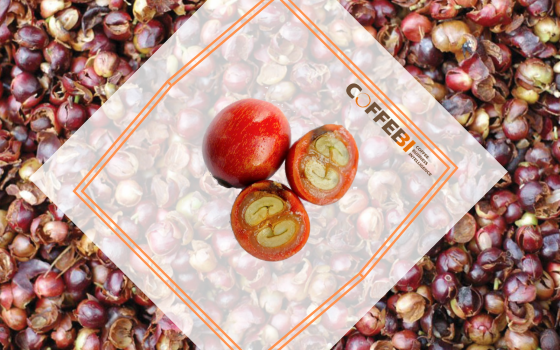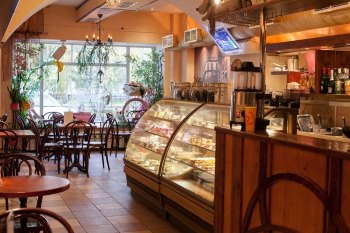Why are Espresso Blends so Complex?
 The complexity of an espresso blend is something very important for the roaster. It is part of his “savoir faire” and his own knowledge. By coffee roasters, the recipe is the identity of the brand and therefore all recipes are well protected against hard copy. As recipes can’t be protected by IP, a way to do it is to complexify the blends, but does it make sense to complexify espresso blends in organoleptic point of view? I have some doubts, but it is my personal opinion based on years of cupping.
The complexity of an espresso blend is something very important for the roaster. It is part of his “savoir faire” and his own knowledge. By coffee roasters, the recipe is the identity of the brand and therefore all recipes are well protected against hard copy. As recipes can’t be protected by IP, a way to do it is to complexify the blends, but does it make sense to complexify espresso blends in organoleptic point of view? I have some doubts, but it is my personal opinion based on years of cupping.
Espresso blends are typical for mainstream coffees. Lavazza imposed the famous 70-30 ratio (arabica-robusta) for espresso blends, first in Italy, then all over the world. It was in the eighties. Competitors followed this pseudo rule and still today, roasters continue to sell espresso blends with this “golden” ratio…
Today, things changed a lot and you can find all types of espresso blends from 100% Arabica to 100% robusta (not common to be honest). The well-known Illy caffé claims that all their blends are made with arabica coffees only. The Illy espresso blend contains 9 pure arabica coffees. Assuming that the ratio of the different coffees is not 100/9, but is based on a specific recipe, the probability to find one pure origin at low percentage in the blend (< 10%) is very high. Then, does it make sense to blend so many coffees, part of them probably at percentages less than 10%?
What about the espresso shot?
 Furthermore, are espresso shots still consistent with such low percentages in a blend?
Furthermore, are espresso shots still consistent with such low percentages in a blend?
Let us make a simple calculation:
20.0g of coffee beans = 150 beans (see photos)
8.0g = 60 beans
Well, 10% of 60 give 6 beans and 5% of 60 give 3 beans… I let you make your own conclusions…
I have seen so many times percentages such as 4% X, 6%Y or 8%Z.
Based on that simple observation, I will never use percentages less than 10% for espresso blends. It could make sense for price standardization. For example, you can claim that you put 4 Central American coffees in your blend, but you know that all of them have very similar organoleptic properties. So, the goal in that case is to prevent or smooth price variations if one specific origin becomes too expensive.
In my point of view, you should be able to create espresso blends with maximum 5 different coffees, but I am sure that a lot of people will not agree with me. So, I am waiting for your points to make me change my mind!



